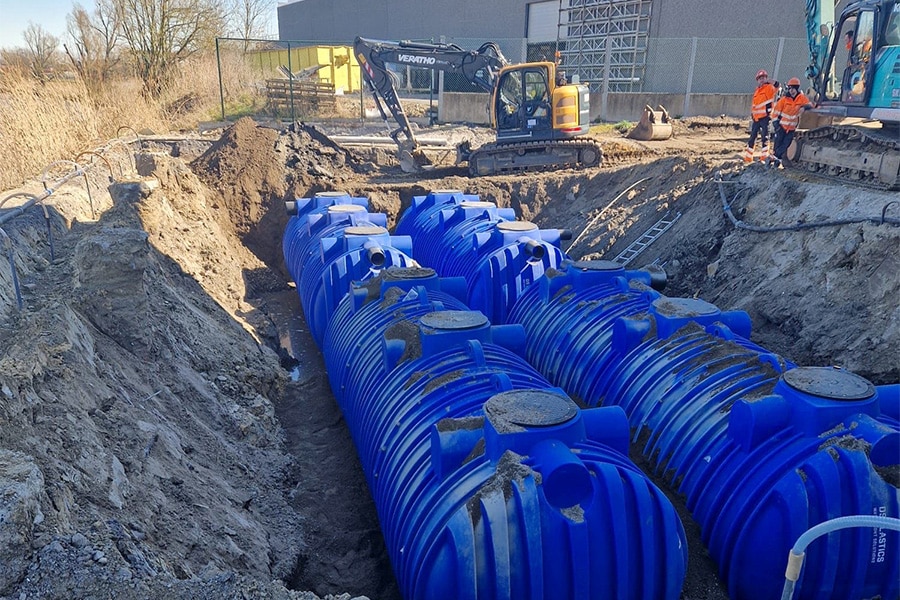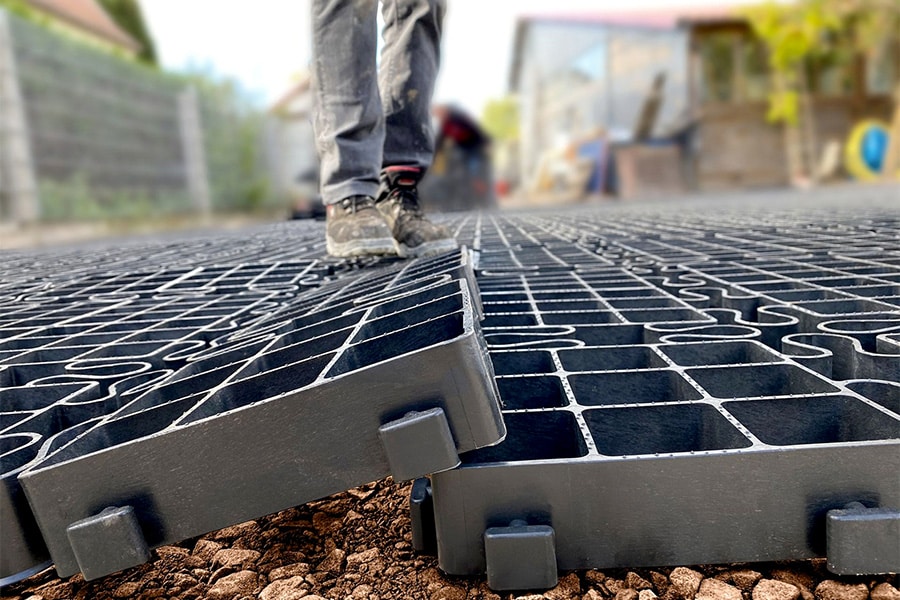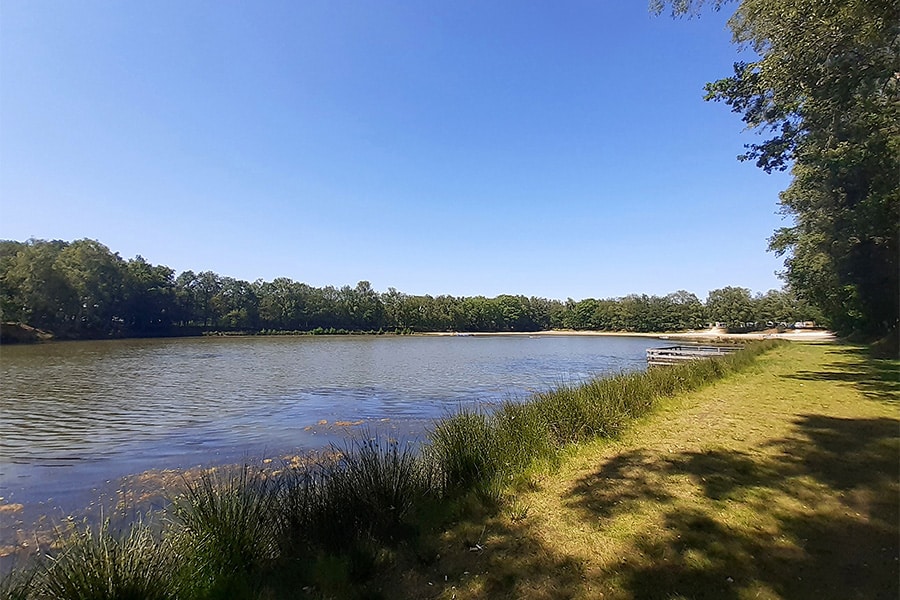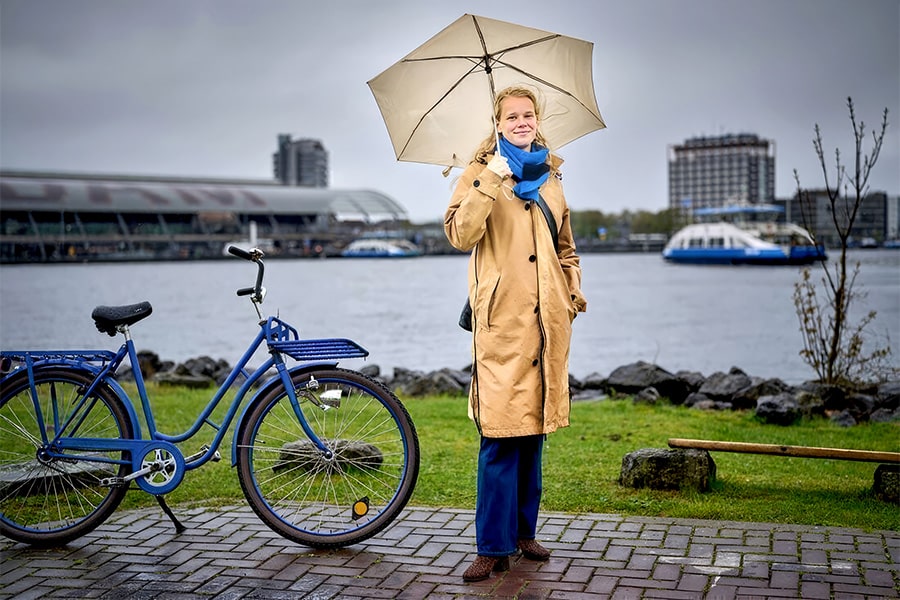
Offshore diving experience comes in handy for Selective Extraction
Keep diving operations to a minimum
The construction of the Selective Withdrawal at Sea Lock IJmuiden cannot be done without the use of culverts. Diving is not dangerous, but it is a risky method. This is partly why the diving division (INDS) of Boskalis Netherlands supports main contractor Van Hattum Blankevoort in optimizing the design. Underwater drones are also used in inspections, keeping the deployment of divers to a minimum.
Since January 1, 2023, the former Boskalis Offshore Subsea Services has fallen entirely under the Boskalis Netherlands umbrella. "Our offshore expertise also proves to be of great added value in the civil market," says Max Schellenbach, Manager Inshore & Nearshore Diving Services B.V. (INDS) at Boskalis Netherlands. "Naturally, we remain unabatedly active offshore in the construction of wind farms and other renewables-related projects, for example, but also have a very strong focus on inland infrastructure. We are used to working with contractor combinations and also proved to have the best papers for the Selective Withdrawal."
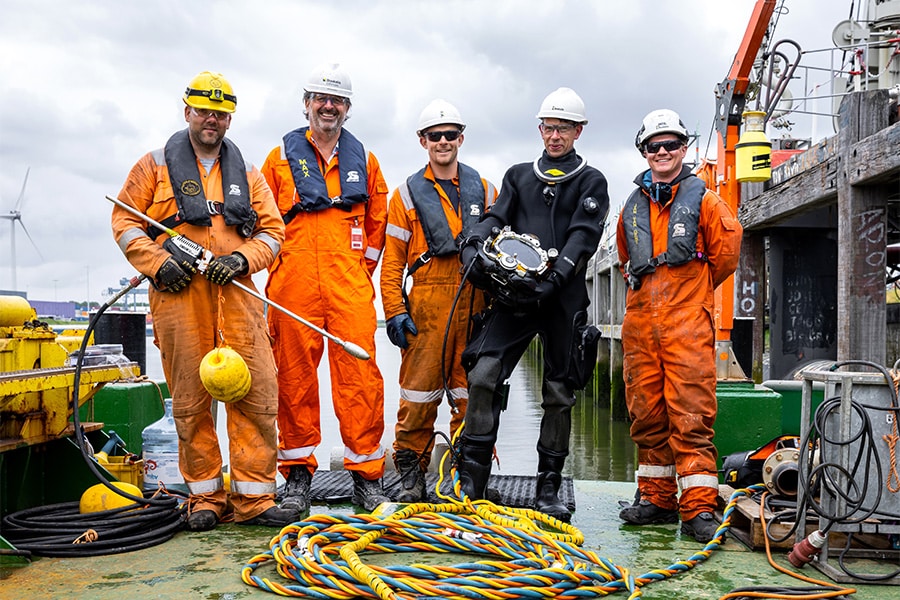
Challenging diving work
Boskalis INDS provided plenty of input in the preliminary stages to minimize the use of culverts. "We are assisting Van Hattum en Blankevoort on the Selective Withdrawal in all civil tasks below the water table," Max clarifies, "For example, we are involved in the construction of abutment North and South at 33 meters water depth. In addition, we supervised the realization of the construction pits and the assembly of both piers (North and South). Our tasks included installing the jacks and burning/cutting tube piles and combi walls to then position the piers with centimeter accuracy. Quite a challenging job at great depth and with very tight tolerances. It requires a good diving plan, a well-oiled organization and the right equipment. This is where our worldwide experience in the offshore industry comes in handy."
Special constructions
In addition, Boskalis Netherlands' diving division is involved in the installation of the hydraulic aprons on the north and south sides and in the installation of the three retaining screens. "In addition, we are handling the installation of the four fish passages at the abutments and piers," says Max. "Especially at the piers, it involves a special construction, since the fish passage is suspended from the pillar via two H-beams. This also applies to the hydraulic aprons at the abutments, by the way, because the combi wall deflects. Each frame therefore has a different dimension. At the abutments, incidentally, we also provided the pouring supervision of the underwater concrete and the installation of the GEWI anchors."
NINA
Boskalis Netherlands' diving division is familiar with the environment around the sea lock. "At an earlier stage we carried out diving work during the construction of the sea lock, including the application of 30,000 m3 of underwater concrete," says Max, explaining further that the company is investing heavily in working safely above and below water. This translates into the deployment of robotics and sonar systems, among other things, as well as its own NINA safety program that stands for 'No Injuries No Accidents'. "Boskalis has been working on this since 2008 and is a forerunner in creating a safe working environment. We are also certified for step 4 on the Safety Culture Ladder."
